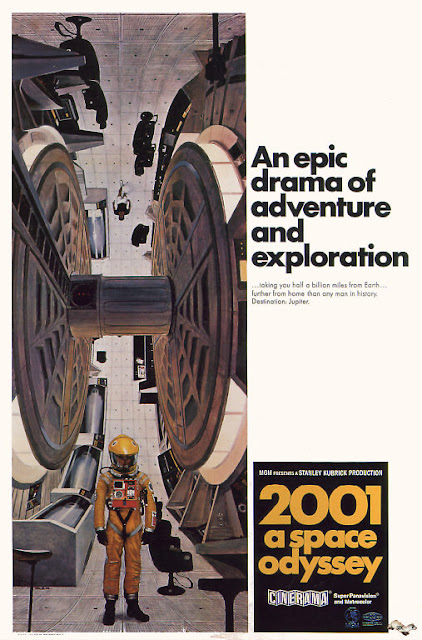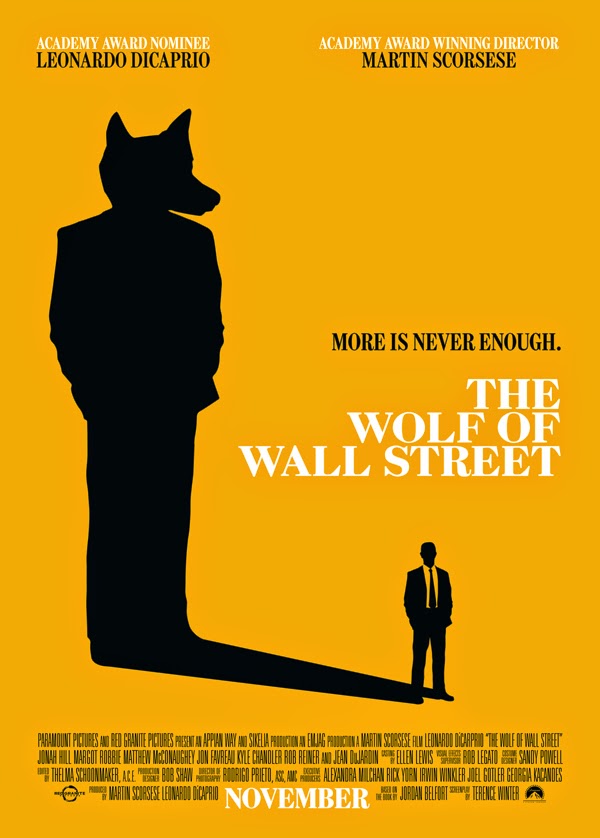The Bridges Of Madison County (1995) Directed by Clint Eastwood
 |
Illustration Karstein VolleIn the latest My Lawyer Will Call Your Lawyer, Astrid Swan and Nick Triani go deep into the romance of The Bridges Of Madison County and find an enduring classic.Nick:As time moves on and Clint Eastwood probably reaches the twilight of his career, the filmmaker’s body of work is increasingly looking like that of a master. There’s always the problem with Eastwood that his increasingly dubious personal politics conflict so widely with what can only be described as his own libertarian cinema. I’m not even including here Eastwood’s work as an actor, which has been undervalued; the mystery of The Man With No Name and the prescient Dirty Harry leaves us two of the most iconic creations in cinema history. If one starts from the perspective that The Outlaw Josey Wales is probably Eastwood’s first marker of being a great director, onwards from here the rewards are many. If we just focus on his Oscar winning films, Unforgiven (easily the final word on the violence of the Western), Mystic River (which David Thomson described as the last great blue-collar movie) through to the grim tragedy of Million Dollar Baby(recently voted by the New York Times as the third greatest film of this millenniumthus far), we find a director tackling serious subjects head on. One of the talents Eastwood has as a filmmaker is being a great storyteller – through his many movies this storytelling constant rather than any particular directorial style dominates. Although Eastwood had touched on the intrinsic value of relationships in previous outings (especially in his films with Sandra Locke), he hadn’t tackled an all out romantic picture until he made The Bridges Of Madison County.
I think it’s a fair assumption to make that The Bridges Of Madison County has become the defining romantic weepie of this era. The fact that this comes from Eastwood only adds to the intrigue and contributes massively as to why the movie as a whole works. Eastwood, in the role of National Geographic photographer Robert Kincaid, leaves himself open to appearing vulnerable in a way we’ve never seen him before. Throughout his career Eastwood has either represented or presented contrasting views on masculinity. With The Bridges Of Madison Countywe see the most feminine aspect of Eastwood on screen. The casting of Meryl Streep as married Italian housewife Francesca, is crucial to the credibility The Bridges Of Madison County ultimately achieves. Alone at home in Iowa whilst her family are away at a cattle fair for a few days, we’ve already sensed that Francesca is bored of life in her tranquil country environment when a passing Kincaid enquires if Francesca knows the way to the titled Bridges. The chemistry is real, casual and very natural between Streep and Eastwood. They mostly occupy the narrative of the movie from this moment on. The Bridges of Madison is a three act play in essence, bookended (and intervalled) by Francesca’s children, the actors Annie Corley and Victor Slezak. The grown-up siblings display suitable shock and initial disgust at their mother’s affair way back in the 1960s. But as they recount from the journal left for them after Francesca’s death, they become deeply involved in their mother’s secret tryst of way back when. If I have a problem with The Bridges Of Madison County, it is these passages that bookend the main action. Corley and Slezak offer a personality-free respite from the unfolding romance, which sadly brings the level of the film down to TV movie quality. It’s strange when everything else strikes such a perfect note. We all know how great Streep is as an actress – and she truly excels here. Surprisingly Eastwood matches her, striking the right note as the free-spirited, liberal photographer. And if a performance by Eastwood sums up that political contradiction between the actor or private person, it’s exemplified here. Eastwood’s Kincaid is a well travelled hipster hippy, who often shows compassion towards Francesca – if a little condescension towards conservative living. Francesca is an all knowing housewife whose American dream didn’t quite pan out how she expected, and finds a sense of adventure in Kincaid she’d never followed through on herself (despite emigrating to America). It’s a big change for once watching a romantic movie where the leads aren’t young and feisty, but lived-in characters with a past and to a degree a predestined future. Ultimately, The Bridges Of Madison county thrives as we inhabit these characters, but also as a window into how a chance meeting can become something so meaningful. Emotional connectivity seems to be something we all look for now – especially in the arts – and this is where The Bridges Of Madison County still scores big. The ending is so strong. From Francesca’s view, a fleeting chance to change her life or say goodbye presents itself on a random journey to town with her husband. This final scene is an incredible piece of filmmaking where mood, performance and music, with hardly any dialogue, creates overwhelming emotion. Eastwood, standing in the rain – a last appeal for Francesca to join him on a life together. Streep, conflicted and sat next to her husband in his car – she will never feel love like this again. It’s overbearing yet an ultimately comforting scene. It’s now theromantic movie benchmark. I always cry. So will you. Astrid:I remember seeing The Bridges of Madison County for the first time in the late 1990s. I remember the impression it left – a yearning and an ache. The movie was recommended to me by my aunt (the one with great taste who has always looked like Annie Hall) and she was right; it became one of my all time favorites. Since then I have watched the film many times at various stages of life and relationship status. Meryl and Clint portray emotions such as desire, lust, yearning, ambivalence towards marriage and commitment in such deep ways that I could probably watch this movie every year of my life. This time around we sat down together with Nick and went for the film, because we needed that absolute heart-wrenching romance and probably because we needed to cry. With this viewing I was also closer to the age of Meryl Streep’s character than I have ever been and with a few other important notches on my belt (personal life milestones like being 35, a mother, a married woman and someone with the complex emotional baggage of a person who has lived!), I experienced the movie on a whole new level. Watching this film as a partner in a nearly 16-year-relationship (and nearly 5 of them married) and as a seriously ill partner also, made some of the themes resonate strongly. First of all, the question of differentiating between sexual desire and love from a loving partnership is a very interesting theme. Streep depicts the ambivalence her character feels in her marriage, while she remains completely committed to her family at the cost of her personal happiness. Actually, I’m not sure it is happiness she compromises, because following one of her loves will lead to pain and hurt in the other no matter what. And in a way, she keeps both: her long-lasting and caregiving love and her desire and partnering with the National Geographic photographer, whom she only sees that one time in her life. Still, the connection binds them forever.
The other wonderful theme of the movie relates to dying as both connection and disconnection: When Robert (Eastwood) dies as an old man, he leaves his belongings to Francesca (Streep), who holds on to them as treasures and as a story she passes on to her children through her notebooks once she is gone. In her life she tends to her family and nurses her husband until he dies (at an older age). She remains caring and loving but she also never stops herself from loving Robert. Her final wish is that her ashes are scattered in the same spot (off of one of the Madison bridges) as Robert. In death and in their notebooks and photography book, they are joined together and their love remains. Can it really get more romantic than this?Showing lust and desire from a woman’s perspective, with the woman as an active agent is still rare in cinema. The male gaze continues to overpower. This film shows the woman’s desire and lust for Robert in a way that we rarely see in a movie. In confluence with her other roles (mother, wife, farm carer, an immigrant from Italy) she is an active desiring person, she is also the choice maker in the ending. This movie might just have my most favorite performance from Meryl Streep (although she is always amazing). The time setting of the film’s romance, 1960s, and the rural setting contribute to Francesca’s choice to remain home and not to follow Robert and live together. She is bound to her role as a home-maker and a caregiver with no job outside the house (she tells that her husband was not comfortable with her teaching in school while parenting). Her role as a woman is defined by patriarchal structures and surely, her happiness didn’t mean as much then as it means in 2017 when every self-respecting privileged citizen is continually asking themselves about happiness… As I live my ordinary and wonderful life, I am continually reminded that life does not follow usual rom-com plots. Good and bad, sad and happy moments just follow each other and losses and not getting what you want are a huge part of living. When you do get what you want, there are all kinds of ways that you will eventually learn to let go of that too. Nothing is permanent. That’s the beauty of The Bridges of Madison County. It celebrates love and living both in the moments of intense connection (that last a very short while) as well as the long (and often challenging and difficult) passages of connection that last a lifetime. The film (and the book it’s based on) doesn’t ask anyone to privilege one over the other. All in all, the film restored my heart and then broke it again one more time – and that’s just fine. |










Comments
Post a Comment